Marc Minsker is an assistant principal at Jackson-Reed High School, where he works closely with the Community Coalition for Change, a social justice student organization working on affordable housing and equity issues in Ward 3. He volunteers as a radio DJ on Takoma Radio (WOWD). His writing has appeared in various publications over the years including Terrascope, The Minus Times, and The Washington Post.
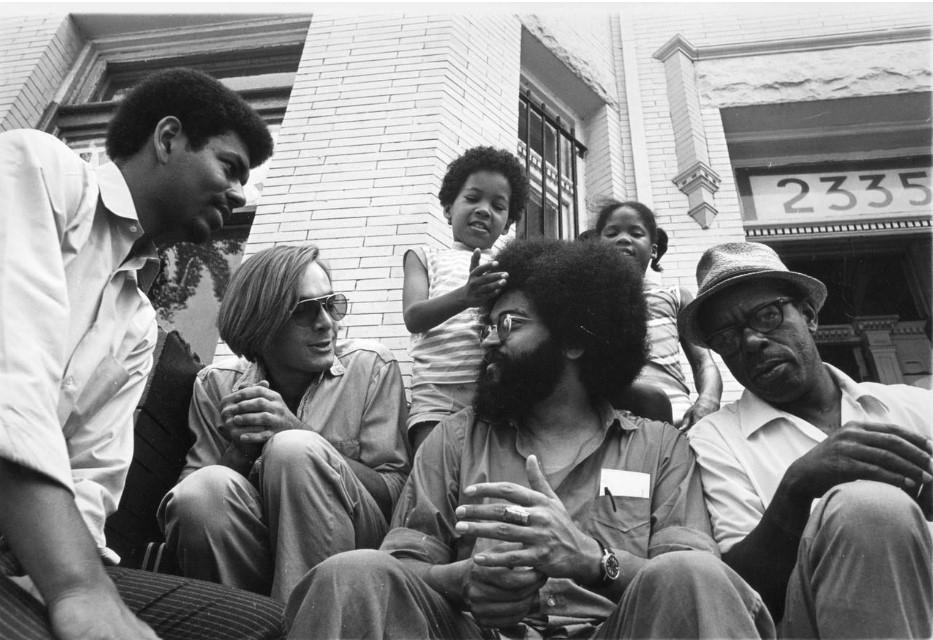
In 1966, Howard graduate student and community architect Topper Carew opened The New Thing Art and Architecture Center near the corner of 18th Street and Florida Avenue NW. With a goal of building equity and providing opportunities for African American architects and community planners to have a more direct and lasting impact in communities, Carew applied for grants, created design projects, offered free workshops, and worked to improve substandard housing in local neighborhoods. Unlike anything else in Washington, DC, The New Thing brought together experts in the fields of music, art, writing, dancing, photography, and film to provide educational opportunities for the predominately Black youth of Adams Morgan and surrounding communities. During its six-year run, The New Thing empowered DC youth in countless ways, innovated and integrated the arts scene, and left a lasting impact on those who were involved in its diverse and dynamic programming.
“When we started, I opened a storefront on Florida Ave NW… [with the intention] of providing architectural services to community organizations. On its corporate papers, the full name was The New Thing Art and Architecture Center. And the way things happened, we had this store front and neighborhood kids would look in, and at that time I had very long hair, big beard, was wearing coveralls… and they were curious. I eventually opened that door to them, and we began to teach art. And the very first art teacher at The New Thing was Lloyd McNeil. He is one of the cornerstones of The New Thing.” — Topper Carew
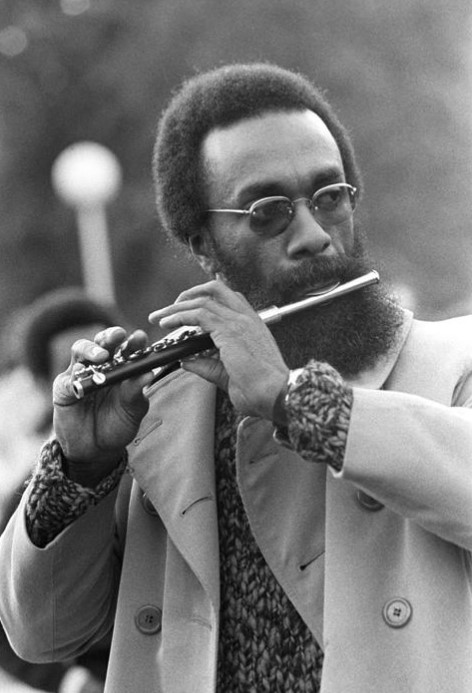
Educating is Key
Beginning in 1966 with the very first art class taught by jazz musician and graphic artist Lloyd McNeil, The New Thing offered a variety of workshops (often free) for the youth of Adams Morgan. Through relationships with artists like McNeil and Melvin Deal, and with community activists like Betty Garman, Topper Carew assembled a teaching faculty that was caring and holistic in its approach to educating young people. Classes in dance, drumming, creative writing, photography, sculpture, and film making were just some of the workshops offered on weekends and during the summer months.

Inspiring the Youth
Integral to the mission of The New Thing was diverse and dynamic programming, created to inspire intercity youth to broaden their horizons and to celebrate their culture and identity. Elementary, middle school, and high school students all had access to tools and training, as well as access to masters and elders in various fields and disciplines, including jazz, blues, African drumming, and gospel music, as well as two- and three-dimensional art. According to Topper Carew, “programming at The New Thing became a very important and powerful instrument in the lives of many of these teenagers, some of whom weren’t necessarily great in school, who weren’t great writers or great mathematicians.”
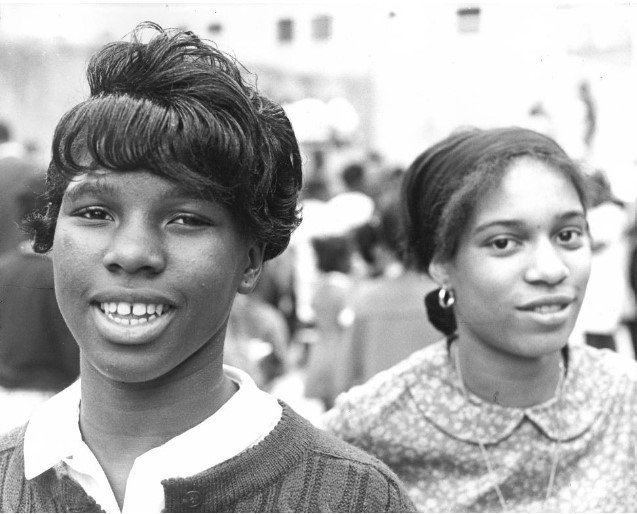
Living Art: Music and Dance
Topper Carew successfully secured funding through various organizations, including the Institute for Policy Studies and DC Parks and Recreation, to host concerts and festivals both in Adams Morgan and at his alma mater, Howard University. Over the six-year run, Carew brought legendary musicians to Washington stages, including blues legends Muddy Waters, BB King, Buddy Guy, Howlin’ Wolf, Junior Wells, Furry Lewis, JB Hutto, and Elizabeth Cotten. From the jazz world, Carew hosted dozens of concerts by Les McCann, Andrew White, Lloyd McNeil, and soul legends Roberta Flack, Stevie Wonder, and DC’s own Soul Searchers. These concerts, presented by Black promoters, were often free and held in public spaces. In collaboration with Melvin Deal and the African Heritage Dancers and Drummers group, Carew was also able to present traditional African music and dance forms to DC youth in meaningful and engaging ways.
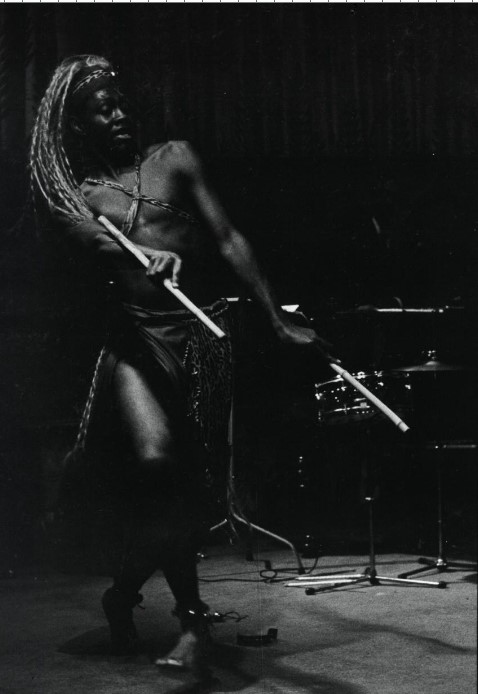
Empowering People
For the predominantly African American families living in the Adams Morgan neighborhood in the 1960s, there were few community resources available to empower youth, young adults, and the elderly. The New Thing gave individuals of all ages opportunities to network, learn new skills, celebrate culture, and highlight the accomplishments of patrons. As Joel Jacobson, a collaborator on The New Thing, recounted, many of its programs at were “designed to instill a sense of worth in the kids” who participated in a variety of workshops, performances, and even pool tournaments. The value of the billiard tournaments was to award trophies to the top competitors, many of whom, according to Jacobson, “may have never received a trophy or an award in their life.” The New Thing meaningfully empowered many residents for over half a decade.
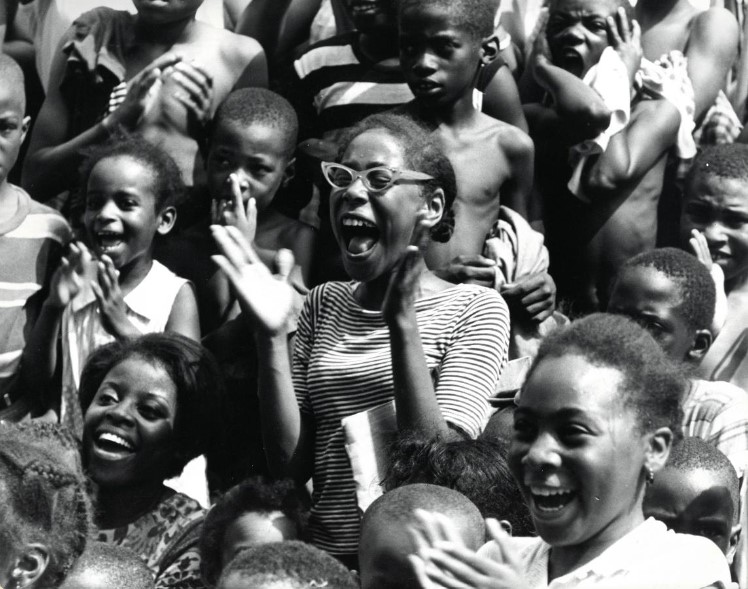
History On Display
Students from the National Academy Foundation (NAF) of Digital Media at Jackson-Reed High School, in conjunction with American University, will host an exhibit of original photographs by Joel Jacobson and Tom Zetterstrom, both collaborators with Topper Carew who documented much of the cultural programming occurring at The New Thing in the last 1960s. Some of these black and white photographs have been in storage for the last 60 years and will be on display for the first time at The American University Museum.
The exhibit runs February 9th through March 17th, 2024.
A WEEKEND WITH TOPPER CAREW CELEBRATING THE NEW THING
FEBRUARY 9th and FEBRUARY 10th, 2024
The founder of The New Thing Topper Carew will be in town for the opening of the photography exhibit as well as film programming at AFI Silver Theatre in Silver Spring.
FRIDAY, FEBRUARY 9 at AFI Silver Theatre
8633 Colesville Rd, Silver Spring, MD
7:00 – 10:00pm
Debut screening of Topper Carew’s recent documentary on The New Thing (2024) followed by his newest film This Little Light of Mine (2023), which features performances of children’s choirs across the world and will be sent to the Space station for transmission back to the world. There will be a Q&A with Topper Carew followed by a screening of his first film project, the full-length film DC Cab (1983)
Tickets and more info at: https://afisilver.afi.com/
SATURDAY, FEBRUARY 10 at The American University Museum at the Katzen Arts Center 4400 Massachusetts Avenue NW, DC
2:00 – 3:00pm
Gallery Talk/Panel Discussion with Topper Carew, photographers Joel Jacobson, Tom Zetterstrom, and Anacostia Community Museum Director Samir Meghelli. Free.
Tickets and more on Eventbrite.
6:00 – 9:00pm
Opening of photography exhibit at The American University Museum at the Katzen Arts Center. Free.
The photography exhibit has been made possible through the generous support of the Jackson-Reed High School’s PTSO, the Anacostia Community Museum, the DC History Center, and the Digital Media Academy at Jackson-Reed.